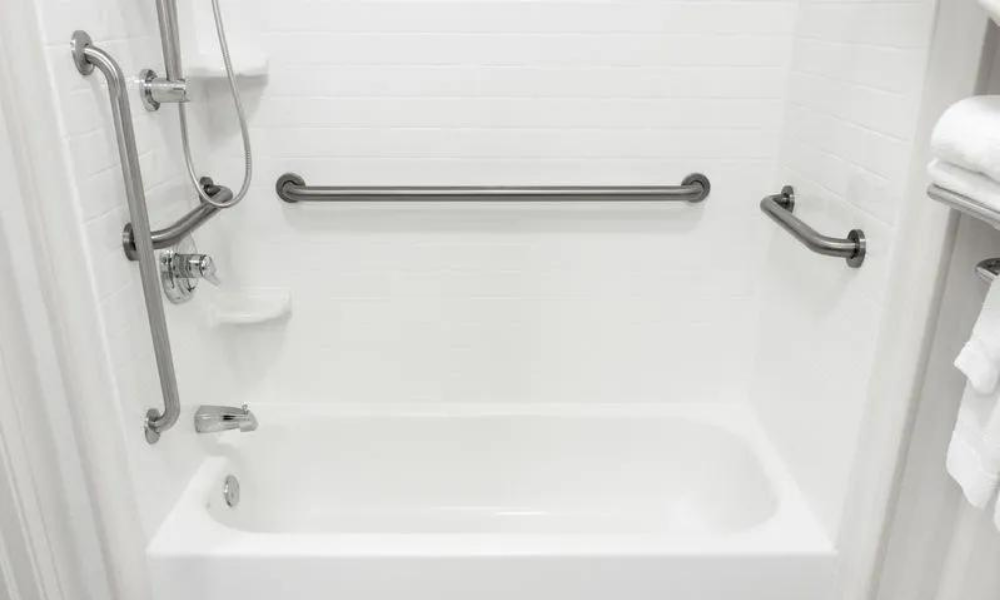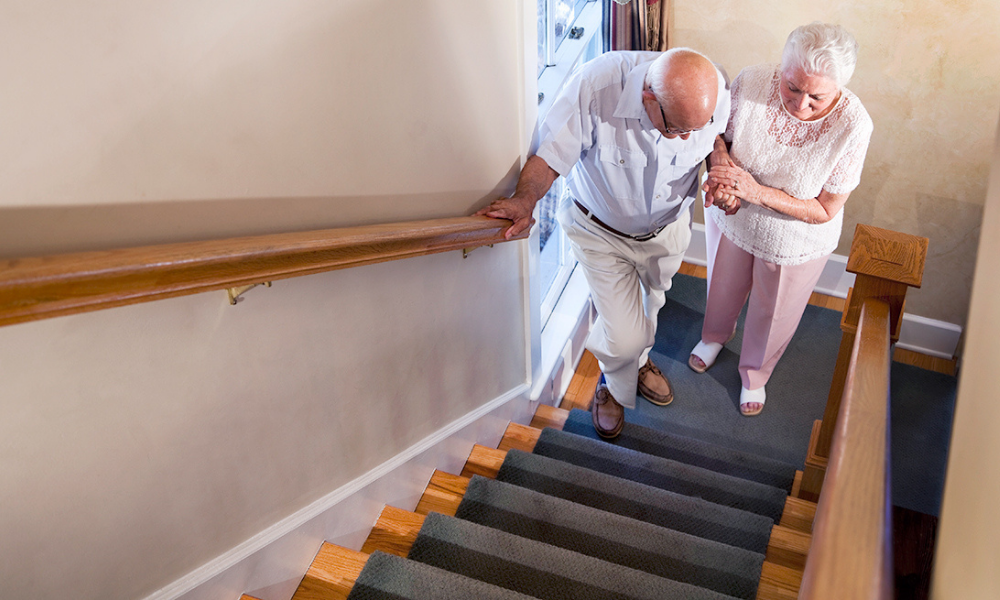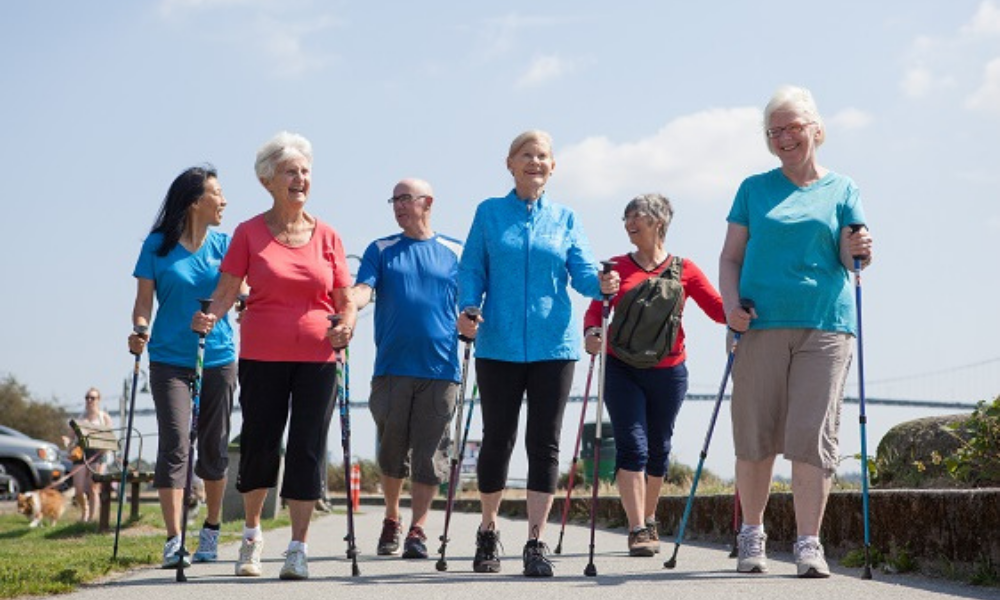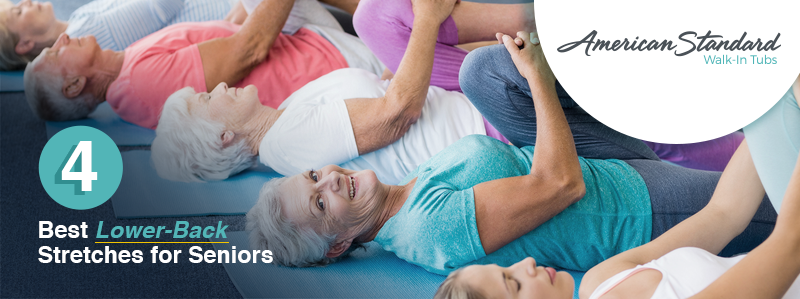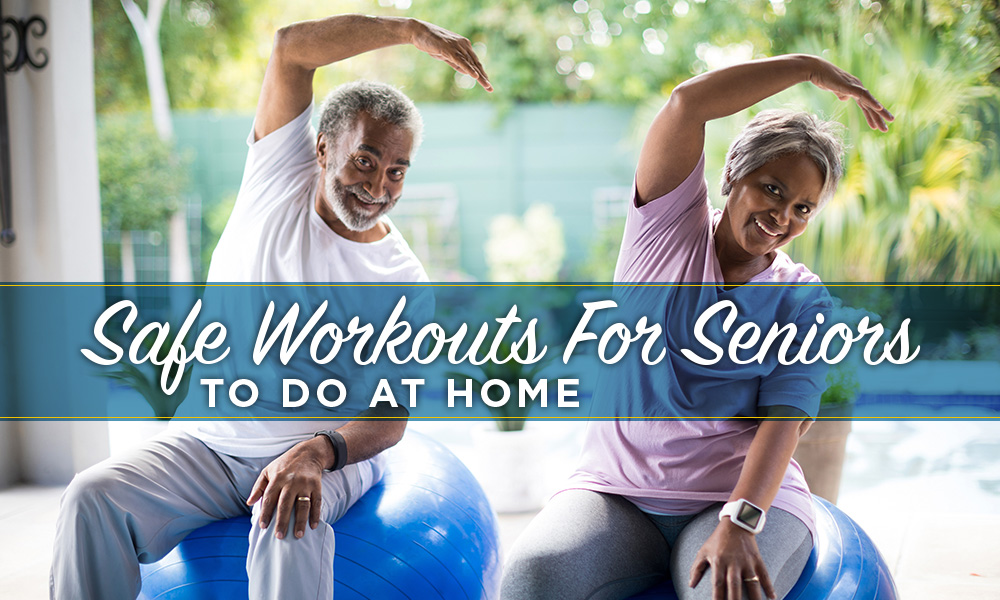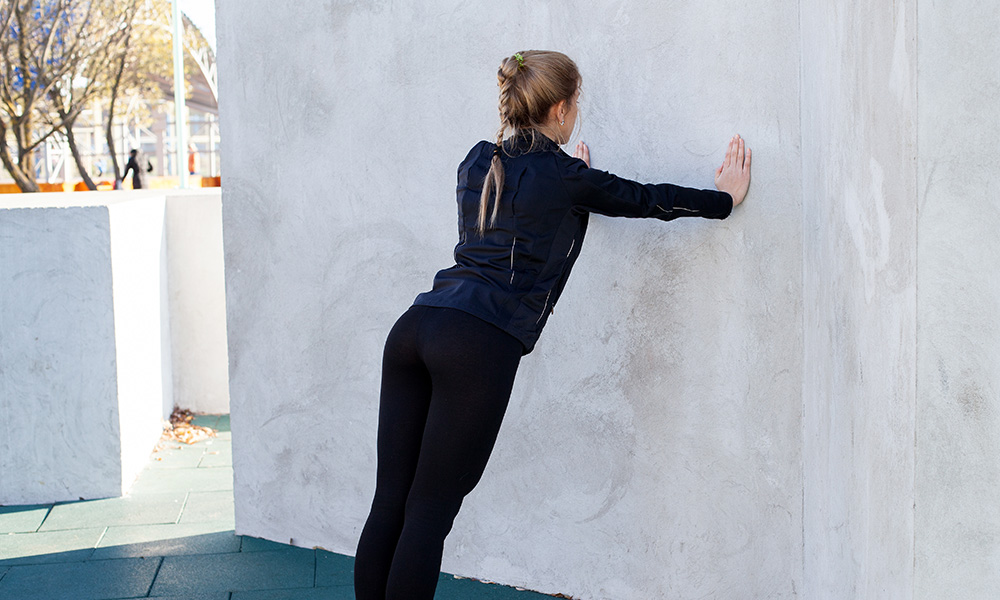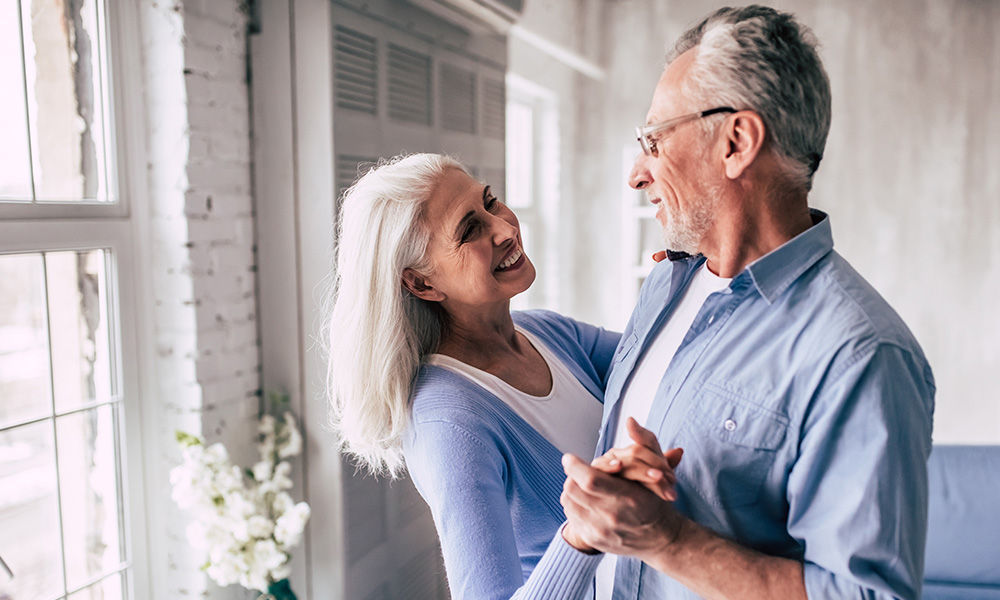According to Canadian Institute for Health Information (CIHI), data shown on Injury and Trauma Quick Stats, stated that in 2020, half of all injury-related hospitalizations were by Canadian seniors, who fell at home. Preventable falls are the #1 reason for injury-related deaths, hospitalizations and emergency room visits by older adults, and as our population ages, this number is expected to increase. Falls can lead to devastating injury and the lasting effects of chronic pain and reduced Quality of Life. Parachute Canada is a national charity for injury prevention, and the best way to prevent falls, is to prepare for them. Focussing on lifestyle key strategies and increasing awareness, you can prepare your environment to be less hazardous, and more of a safe haven. Below are some tips and tools that can help keep you safe in your home.
Senior Home Safety in the Bathroom
According to the Center for Disease Control and Prevention , about 235,000 people over the age of 15 ended up in the emergency room because of a bathroom injury. To help prevent being one of those numbers, here are some tips to help make your bathroom safer:
- Add some traction to the bathroom floor and tub with slip-resistant mats, which can help minimize slips and falls.
- Instead of using the flimsy towel bar, install grab bars. Grab bars are more stable, can handle a person’s body weight, and can be strategically placed in the room to provide stability when needed.
- Invest in a walk in-tub, which help people with mobility issues enjoy a relaxing bath without having to step over a slippery edge. You can sit safely while you bathe which reduces the risk of slipping.
Stair Safety
Stairways are the second most common area for falls besides the bathroom. The following are essential to ensure your safety at or near the stairs:
- Handrails: ensure handrail is securely attached at, above and below the stairs to landings.
- Lighting: ensure stairs and hallways are well lit, and switches are easy to reach.
- Clutter-free: remove all items from stairs and landings, even if they are just placed temporarily
Senior Home Safety in the Bedroom
We spend at least eight hours of our day in the bedroom, and it should be a place that provides safety and security, especially for those with mobility issues. Here are some safety tips to incorporate in the bedroom:
- Reduce clutter: Over time we accumulate stuff, and it may be hard to purge it or find new homes for some items. However, this is a necessary step for increased home safety. Removing the clutter can help because it eliminates potential obstacles in walkways, frees up space, and can keep you organized. Tuck shoes and slippers out of the walking area.
- Nightstand: Keep your bedside table or nightstand neat and clean, and use only for essential items
- Assistive Devices: Keep within reach or use a SuperPole to help you in and out of bed and/or the areas you need support.
- Telephone: Keep a cordless telephone or emergency button within reach of your bedside table.
- Furniture Placement: Create a clear path from your door to bed to bathroom, and chairs out of the way.
- Nightlights: Try installing (sensor) night lights throughout your home, as they can provide enough light to guide your path.
- Eliminate Cord Clutter: Electrical cords can be a tripping hazard if they’re not organized. To stay safe, invest in a power strip to space out the cables.
- Smoke & C0 Detectors: Have smoke/C0 alarms installed outside each sleeping area. Have someone check and replace the batteries in all detectors Smoke alarms must be replaced every 10 years
Senior Home Safety in the Kitchen
The kitchen is the heart of the home and a place to eat as a family, but did you know it’s one of the more dangerous rooms in the house? The National Fire Protection Association stated that 3 in 10 home fires start in the kitchen, but that’s not the only safety issue. Check out these safety tips to help make your kitchen safer:
- To prevent fires, practise Fire Safety & Prevention: stay in the kitchen when you are cooking. Turn burners off if you have to leave the room, and after you’ve completed your cooking or baking. Make sure to turn off appliances that aren’t being used or invest in ones that have automatic shut off features such as toasters, coffee makers, rice cookers, and tea kettles.
- Be organized: clear countertops for only regularly used essentials within reach, and clean dishware regularly.
- Clean up cluttered messes to avoid the risk of slipping.
- Make sure that heavier objects are at knee to waist level and use lightweight dishes and glassware.
- All rugs are tripping hazards: eliminate kitchen rugs or ensure that it is rubber-backed so that it doesn’t move.
- Do you have a pet? Put water & food bowls out of the way to avoid tripping and slipping on spilled water.
- Make sure the kitchen is well-lit with both daytime and nighttime lighting.
- Have smoke alarms installed on every level of your home outside each sleeping area. Have someone check and replace the batteries in all smoke detectors Smoke alarms must be replaced every 10 years.
Strategies for Avoiding Falls Altogether
By taking care of your health and wellness, you can avoid illness.
Focus on the following strategies, and by seeking assistance with some light to moderate exercise programs, to can age longer and stronger.
- Get Active
- Physical activities that challenge balance
- Muscle strengthening at least 2x per week
- and moderate to vigorous aerobic physical activities of at least 150 minutes per week
- Get Your Sleep (7 to 8 hours of quality sleep)
- Go Slow -but limit being sedentary
- Eat Right
- Stay Hydrated
- Safeguard Your Home & Bathroom
- Get Your Sight & Hearing Checked Regularly
- Review Your Medication with your Physician
- Wear Sturdy Shoes
- Use Mobility Devices for Safety
Active Aging Canada has some tips for keeping you active and on your feet.
Staying active is something we should be doing daily, and staying safe from weather outside is also important. Remember to hydrate first, wear sunblock and a hat.
These are just a few tips to help you help you stay safe in your home. They are important considerations for both older adults and caregivers. For more ideas, check out projects that can help seniors live independently.
You don’t have to be an older adult to observe safe practices and prevent falling.
Safety is for everyone!
For more information on Bathroom Safety:
American Standard Walk-in Tubs Canada 1-844-867-7737

